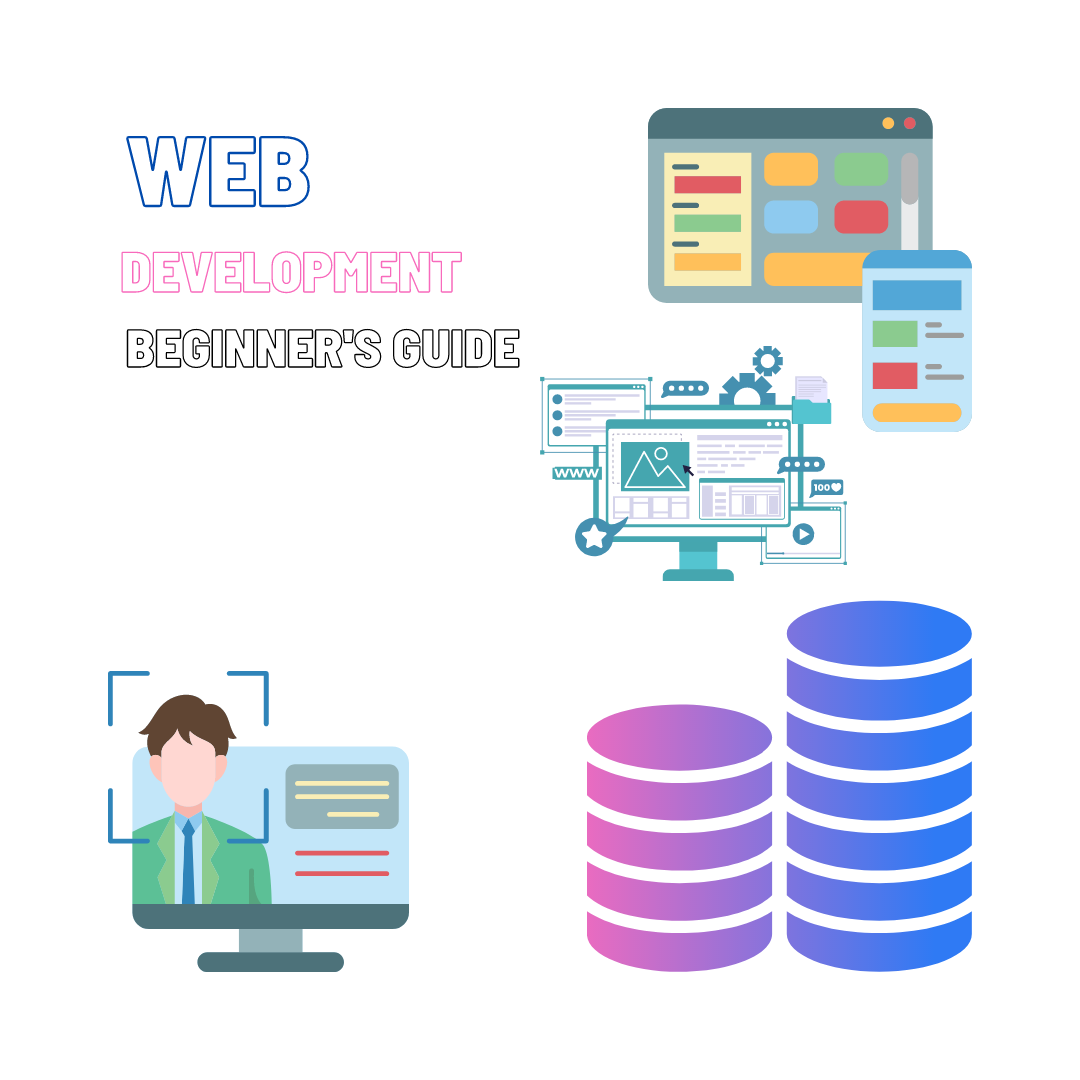
Introduction:
Web development is an exciting and rapidly evolving field that allows you to create and shape the digital landscape. Whether you're a complete beginner or have some coding experience, this comprehensive guide will provide you with the essential knowledge and resources to kickstart your journey in web development. From understanding the basic building blocks of the web to exploring essential programming languages and frameworks, we'll cover everything you need to know to get started.
1. Understanding the Web:
To begin your web development journey, it's crucial to understand the fundamental components of the web. Learn about the client-server model, how web browsers interact with servers and the role of protocols like HTTP and HTTPS in facilitating communication between the two.
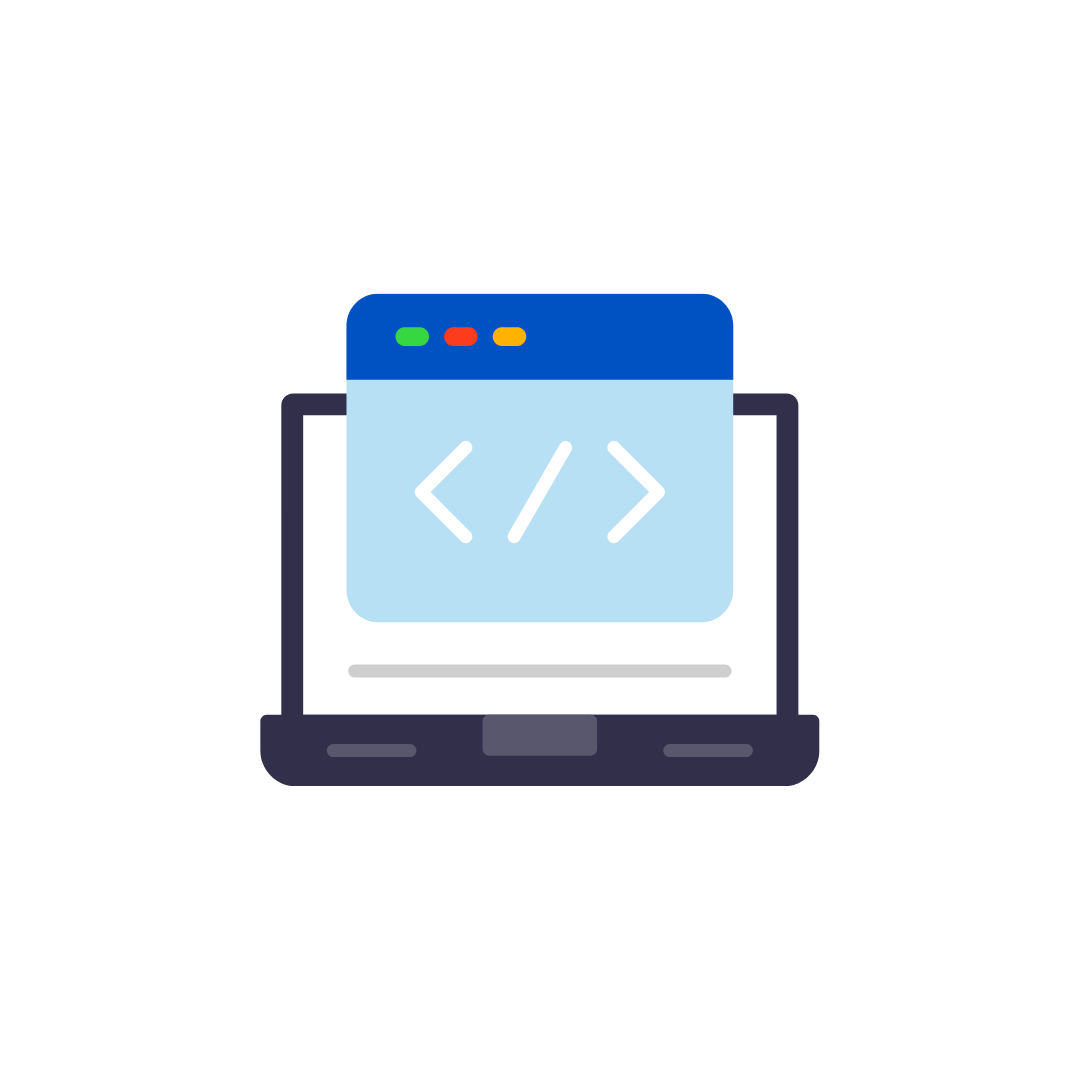
2. HTML - The Structure of the Web:
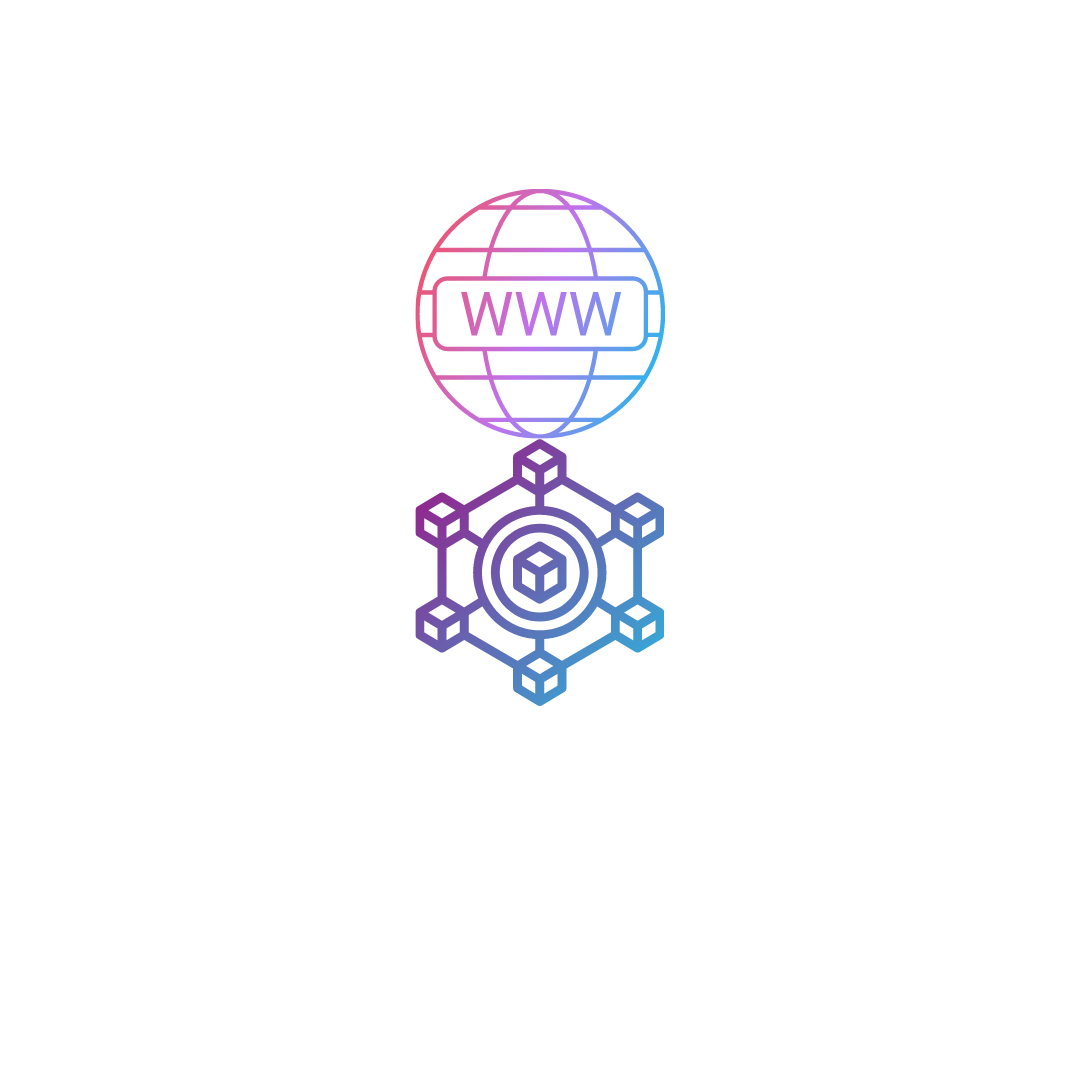
HTML (HyperText Markup Language) is the backbone of web development. It provides the structure and content of web pages. Familiarize yourself with HTML tags, elements, attributes, and semantic markup to create well-structured and accessible web content.
3. CSS - Styling and Design:
CSS (Cascading Style Sheets) is responsible for the visual presentation and styling of web pages. Explore CSS selectors, properties, and units to style HTML elements, create layouts, and make your web pages visually appealing.
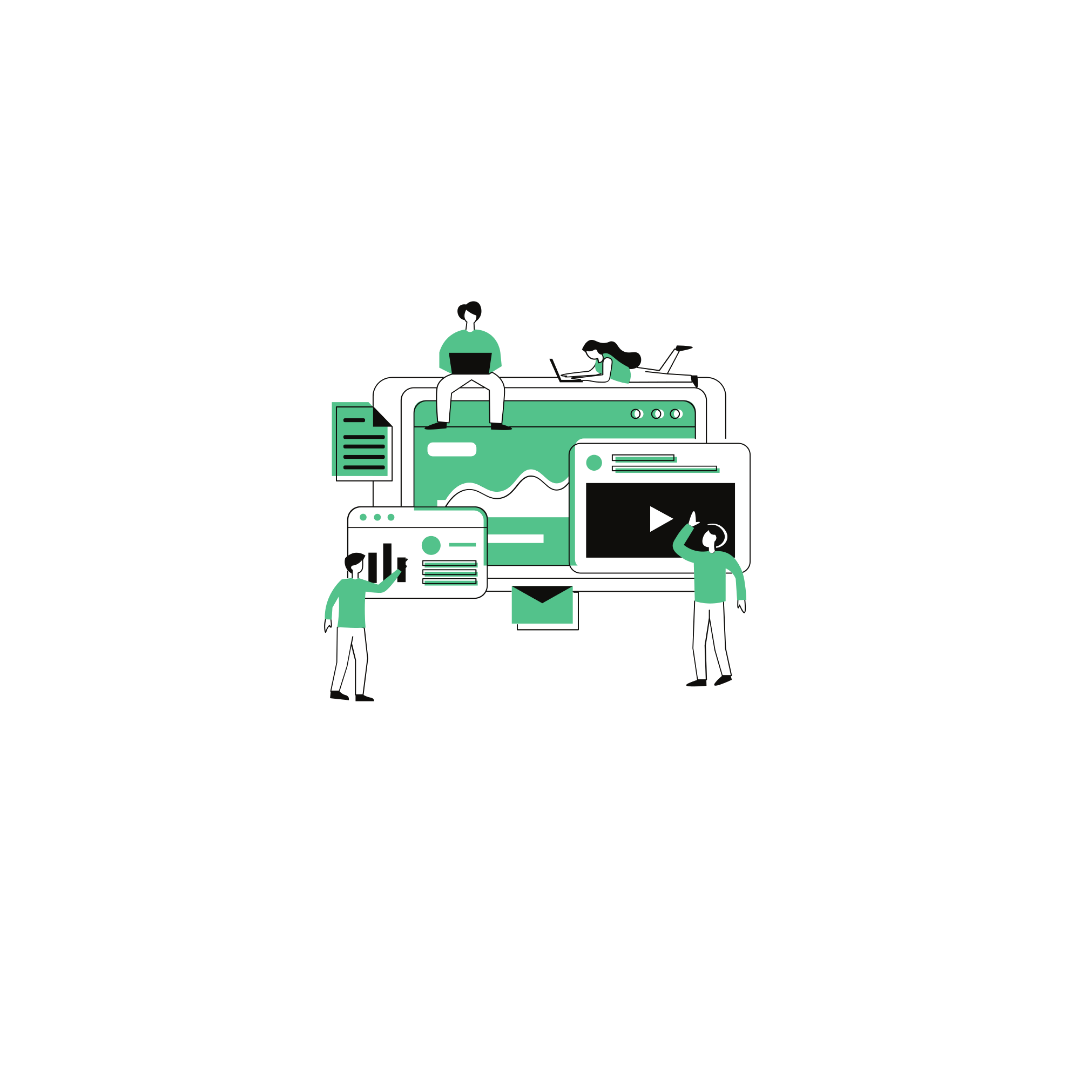
4. JavaScript - Interactivity and Dynamic Functionality:

JavaScript is a programming language that adds interactivity and dynamic functionality to web pages. Learn the basics of JavaScript, including variables, data types, functions, and control flow, to create interactive elements, handle user events, and manipulate web page content.
5. Responsive Web Design:
In the era of mobile devices, responsive web design is essential. Understand the principles of responsive design, including fluid grids, flexible images, and media queries, to create websites that adapt seamlessly to different screen sizes and devices.
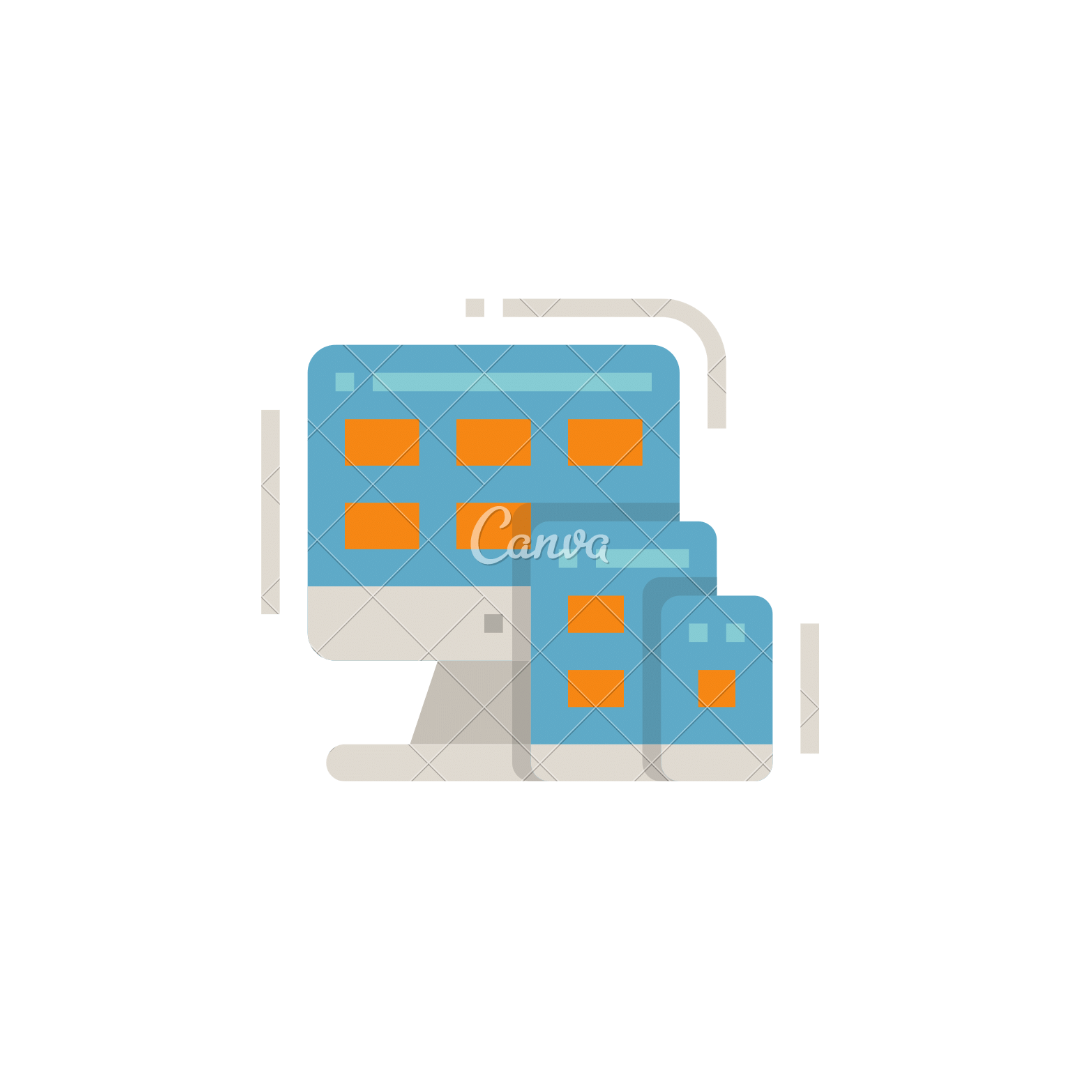
6. Introduction to Front-end Frameworks:
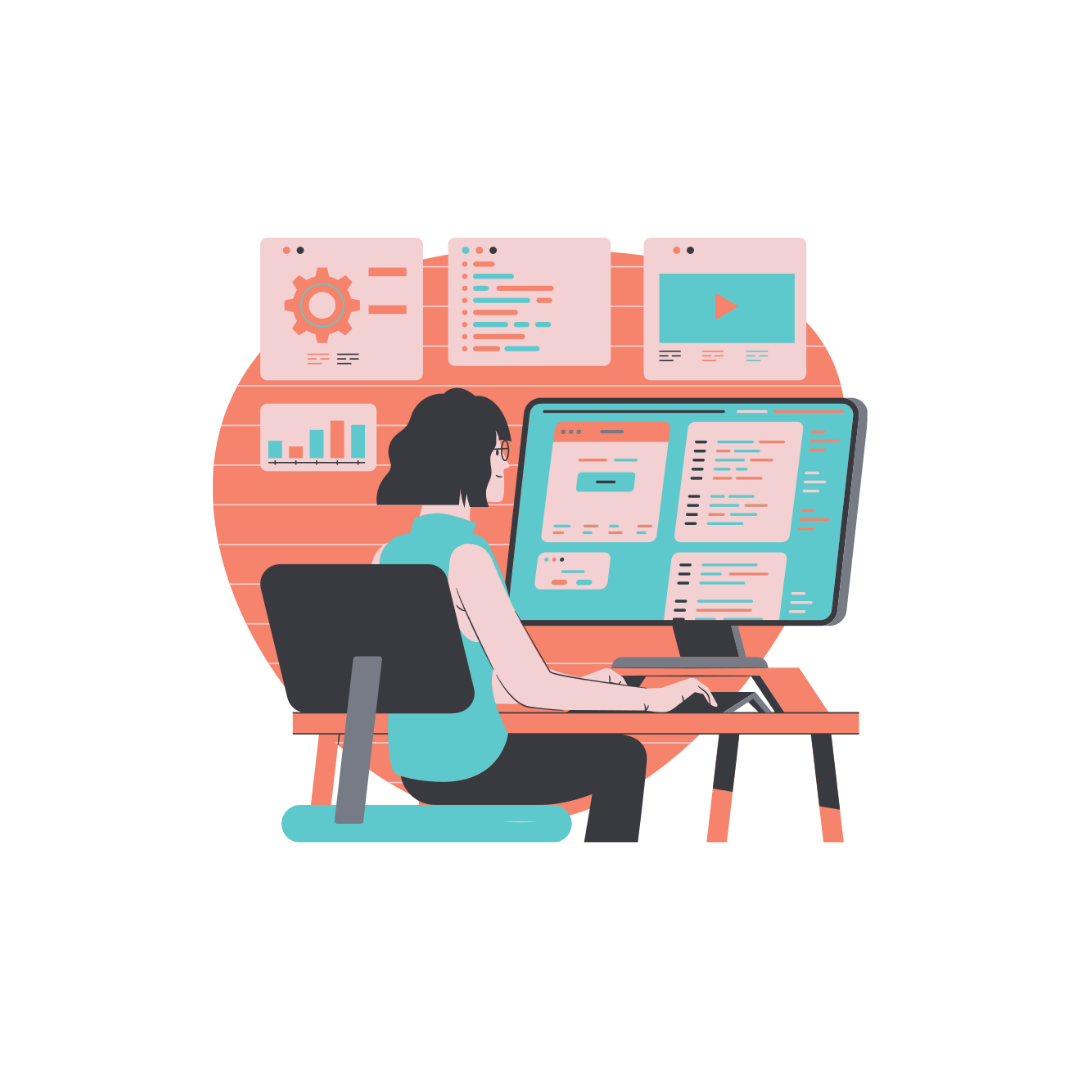
Front-end frameworks like React, Angular, and Vue.js provide powerful tools and pre-built components to streamline web development. Explore the basics of these frameworks and their ecosystems to create efficient and maintainable web applications.
7. Back-end Development and Server-Side Languages:
Learn about back-end development and the role of server-side languages like Python (with frameworks like Django), PHP (with frameworks like Laravel), or JavaScript (with frameworks like Node.js) to handle data processing, server-side logic, and database integration.
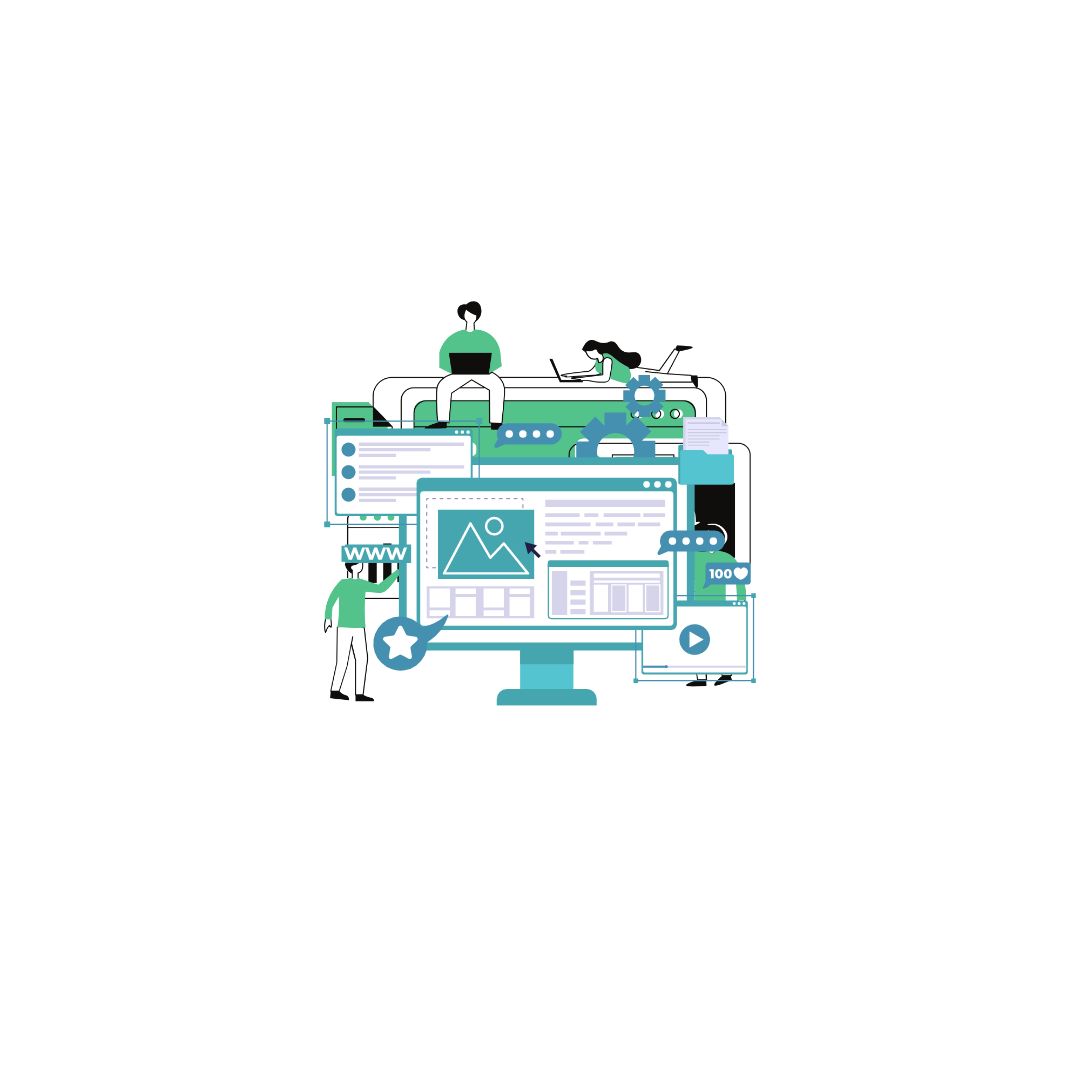
8. Databases and Data Management:
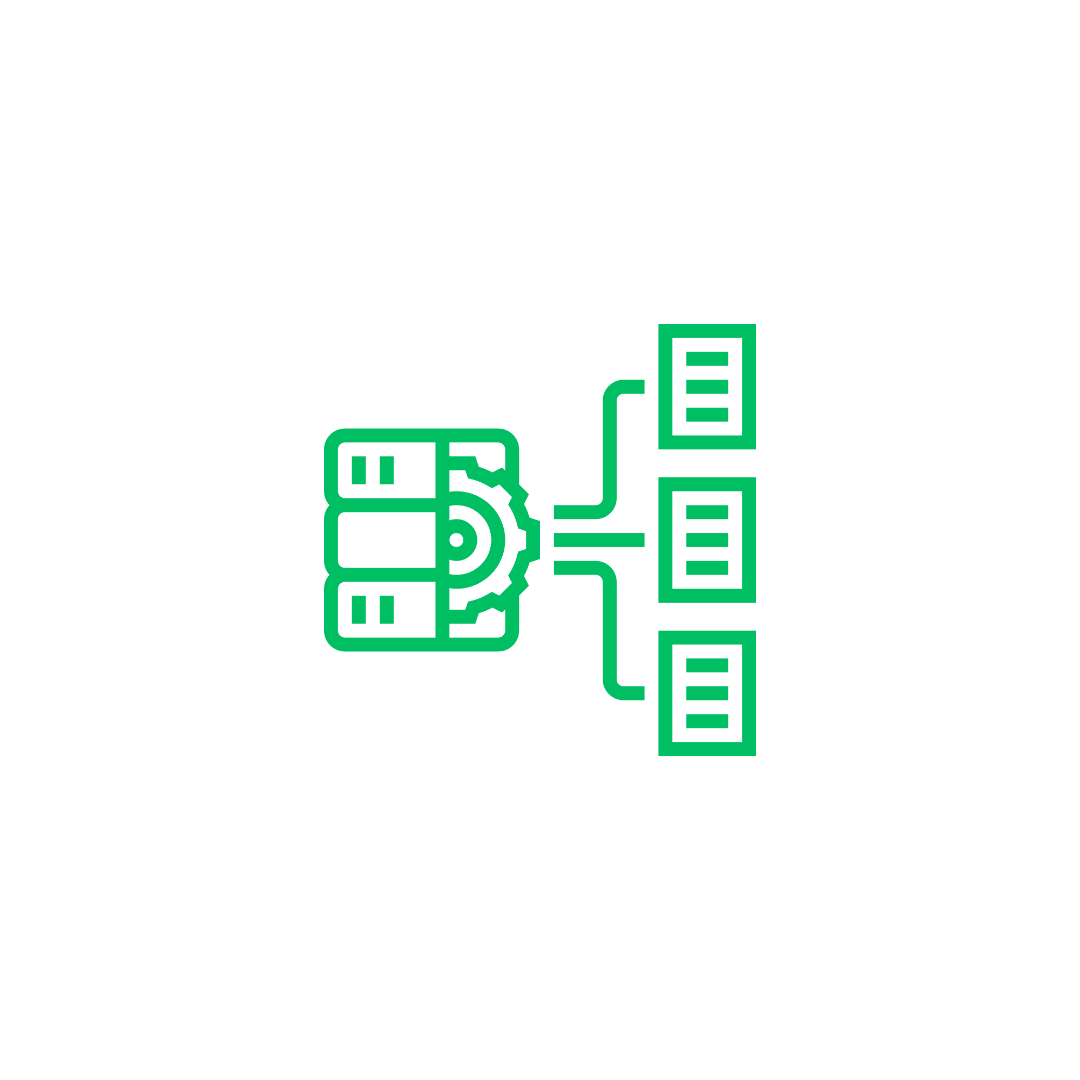
Get familiar with databases and their role in web development. Explore popular database management systems like MySQL, PostgreSQL, or MongoDB, and learn about database design, querying, and integration with web applications.
9. Web Development Tools and Version Control:
Discover essential web development tools like code editors (e.g., Visual Studio Code), package managers (e.g., NPM), and version control systems (e.g., Git) to enhance your workflow, manage dependencies, and collaborate with other developers.
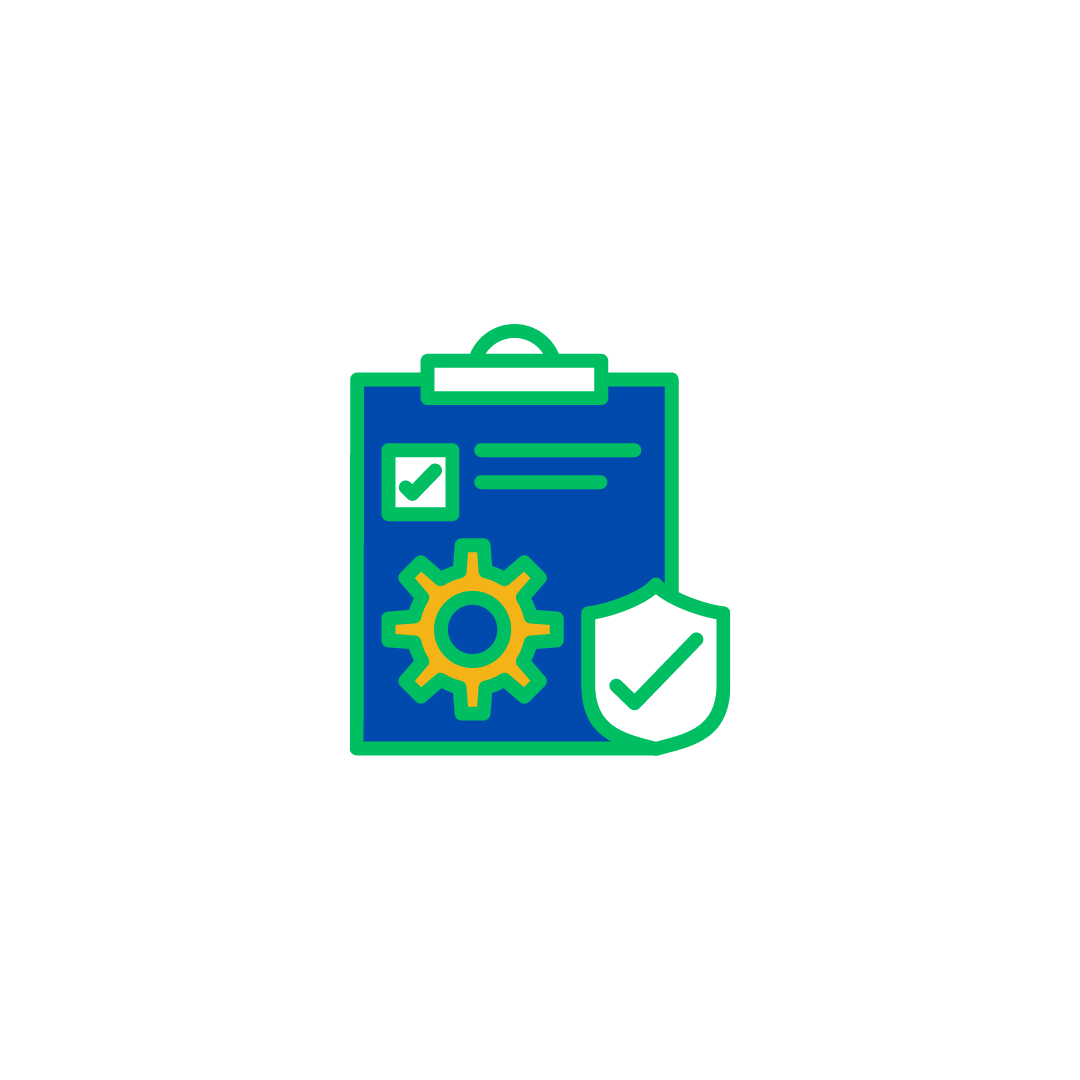
10. Continuous Learning and Resources:
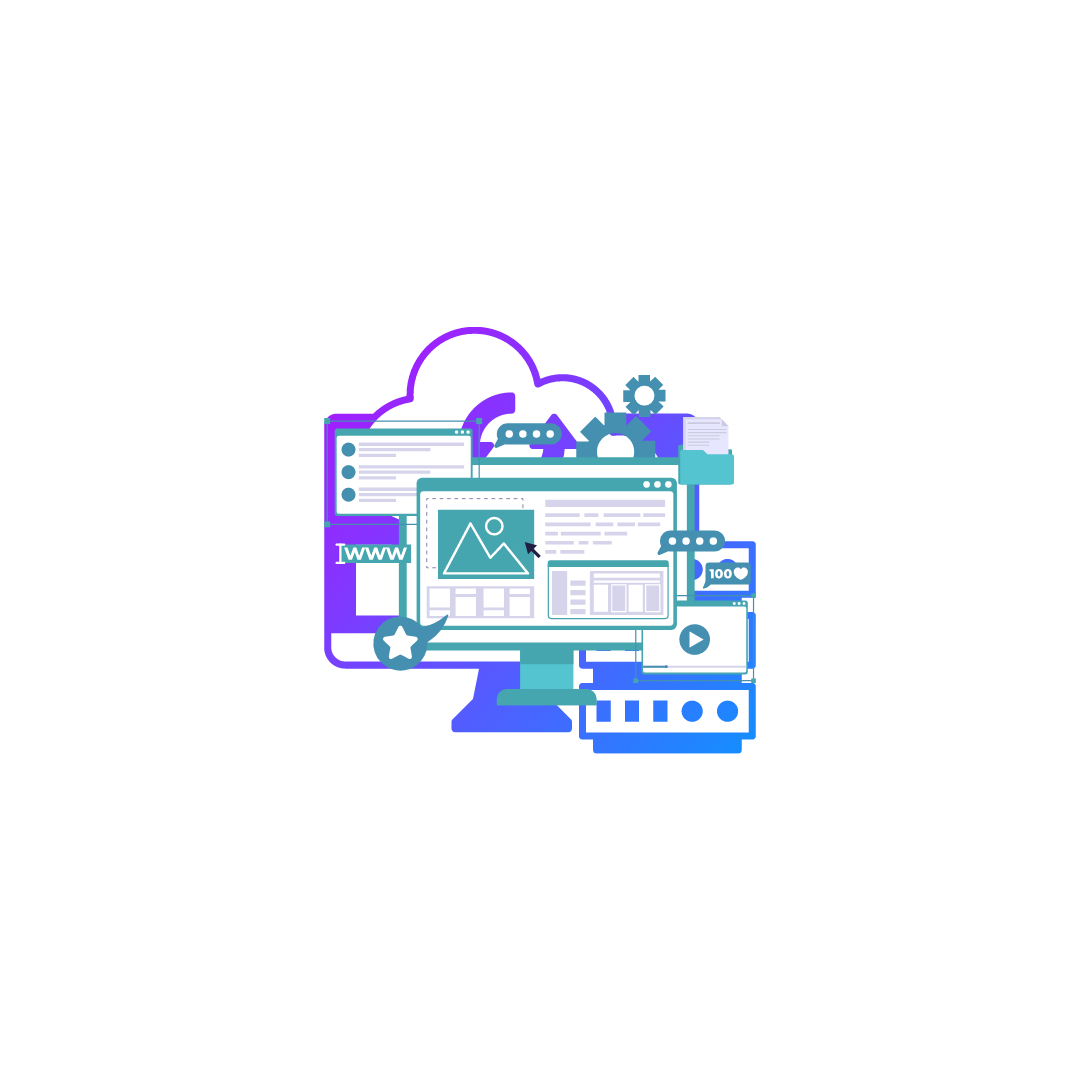
Web development is an ever-evolving field, so continuous learning is key. Explore online resources, tutorials, forums, and developer communities to expand your knowledge, stay updated with the latest trends, and seek guidance from experienced developers.
Conclusion:
Web development offers a world of possibilities, and this beginner's guide has provided you with a solid foundation to embark on your web development journey. Remember to practice regularly, build projects to apply your knowledge, and embrace the mindset of continuous learning. With dedication and persistence, you'll gain the skills and expertise necessary to create remarkable websites and web applications. Happy coding!



0 Comments
Thanks